District Plans to Reduce Bus Overcrowding
By providing students with RFID cards, the district intends to better manage the amount of students taking the bus each day
Belleview Elementary student Delaney Kregas scans her RFID card upon boarding her bus. Belleview implemented the card system earlier this school year to help transportation staff have an accurate count of how many students will be on the bus that day.
October 31, 2022
In response to numerous complaints from students, parents, and bus drivers about school bus overcrowding, CCSD has started implementing a permanent solution to address the issue: Radio Frequency Identification (RFID) cards.
The cards will function similarly to a credit card. They will be inserted into a card reader that the bus driver will operate when students are boarding and getting off the bus.
School buses have reportedly been heavily overcrowded. Sophomore Soscha Thompson frequently rides the bus and is not happy with her current experience.
“It’s usually three [people] to a seat up against the wall or practically falling off the chair,” Thompson said.
According to the CCSD District of Transportation, the new RFID card system will significantly decrease the overcrowding found on buses throughout the district to allow students a more comfortable ride to and from school.
Although technically legal, seating arrangements on school buses are reportedly overcrowded and uncomfortable. Supposedly, students from ages six to 18 are crammed together on buses three to a seat for 10 minutes to an hour.
“People don’t really have a sense of personal space there because it’s so crowded,” Junior Jennifer Oh said.
The main issue with bus overcrowding is due to the staff having no way to accurately tell how many students are going to be taking the buses in certain areas. Gary Thompson, the director of transportation for the district, is also displeased with the current system of organization for students riding the bus.
“I used to work in high schools [in student registration] for 29 years and did year schedules,” Thompson said. “So I knew if [the school] had 100 kids signed up for AP Chemistry, that [we] probably needed three sections. When [route planners] show up, we have no idea how many possible kids there could be at that stage.”
The district’s solution, RFID cards, will function similarly to a credit card. Students will bring their cards on the bus and insert it into a chip reader provided by the bus driver. The reader will either flash red or green depending on if the student is scheduled to be on that bus.
Much like a school ID, every student who rides the bus will need to present a card to the bus driver in order to enter the bus. This will prevent anyone not scheduled to take a route from getting on the bus.
Route managers will know exactly which students need to be on which bus routes due to the new opt-in system. During the beginning of the year registration, parents will be required to actively opt-in to bus services. This way, staff do not have to guess how many kids from certain areas will actually use the buses and can plan accordingly.
“If you’re a bus rider, you’ll actually scan on and scan off. So that gives us a count right away. We’re trying to get an idea of who will be there. It’s a little more accurate.”
Although the system hasn’t been used for long enough to see steady results, the cards have already been introduced to elementary schools across the district. Marie Stevenson, office manager of Belleview Elementary School, a school where the cards are already being used, says it is a smooth process.
“They are super excited to use it and it goes pretty quick and fast.” Stevenson said.

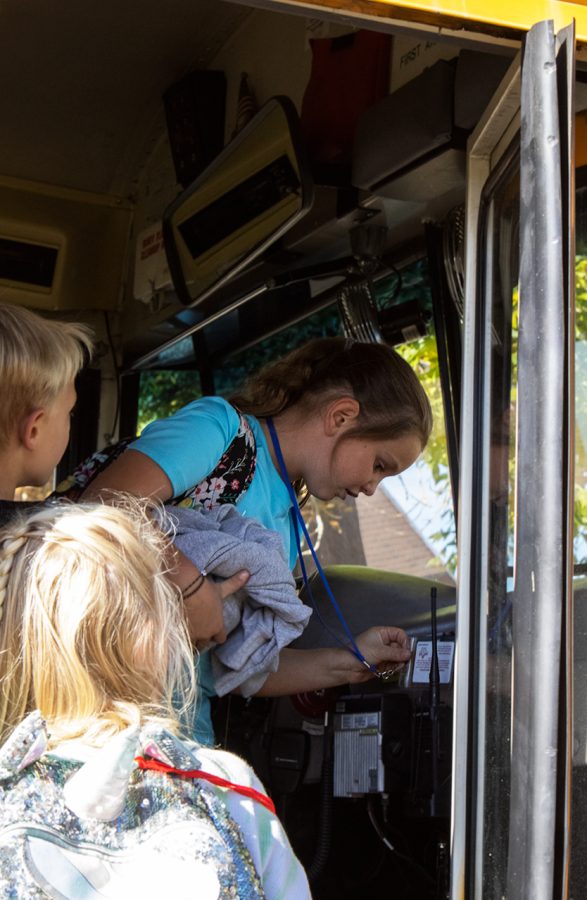

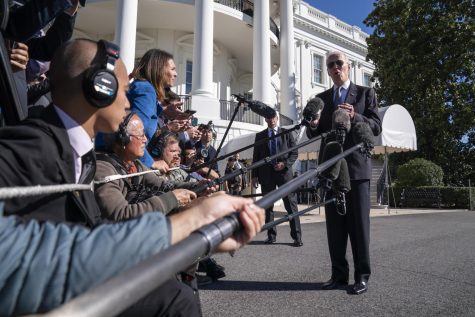














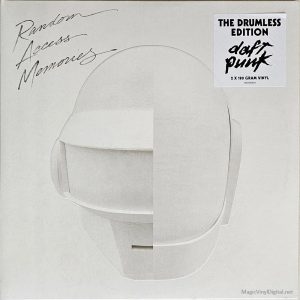
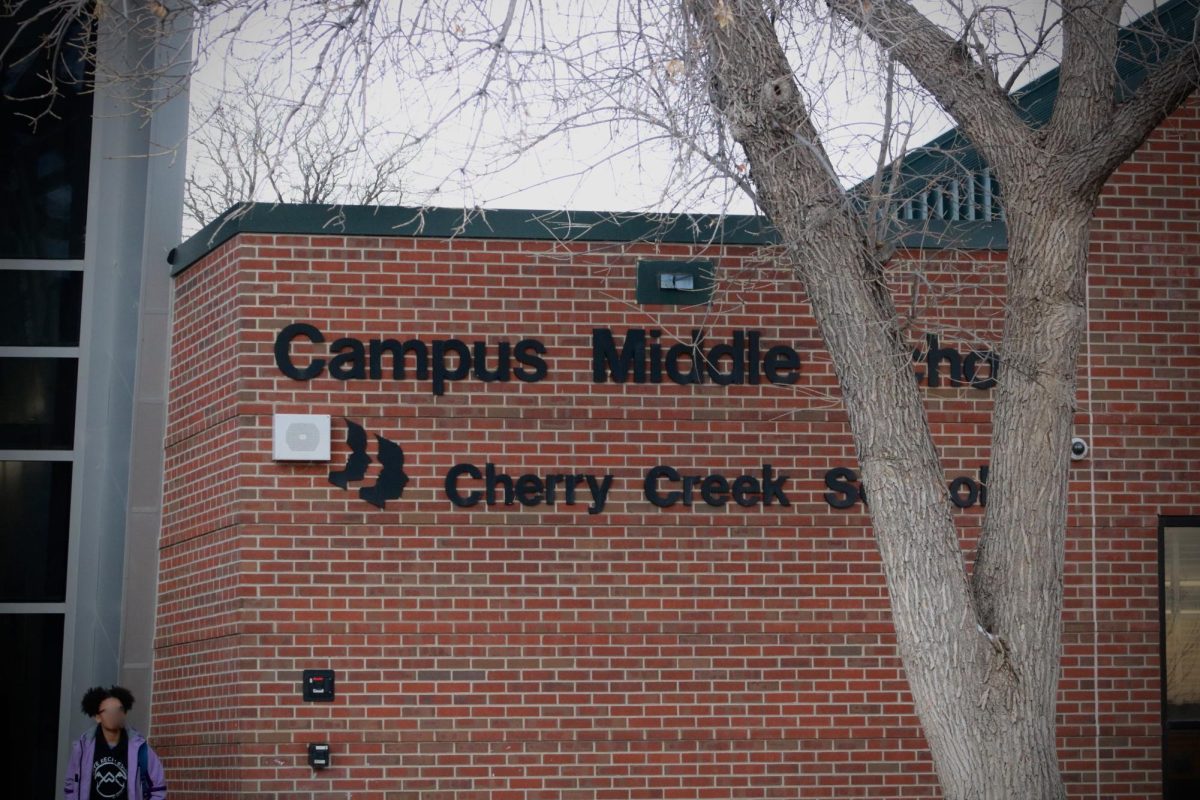





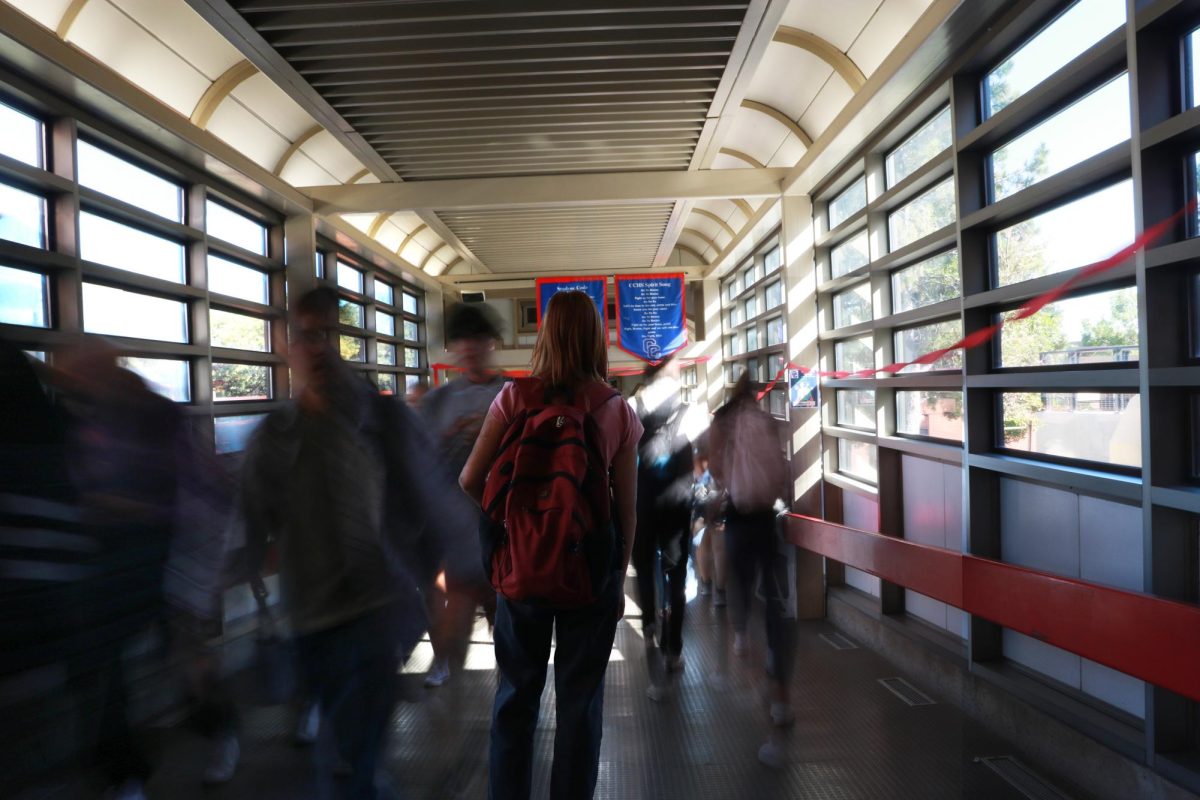
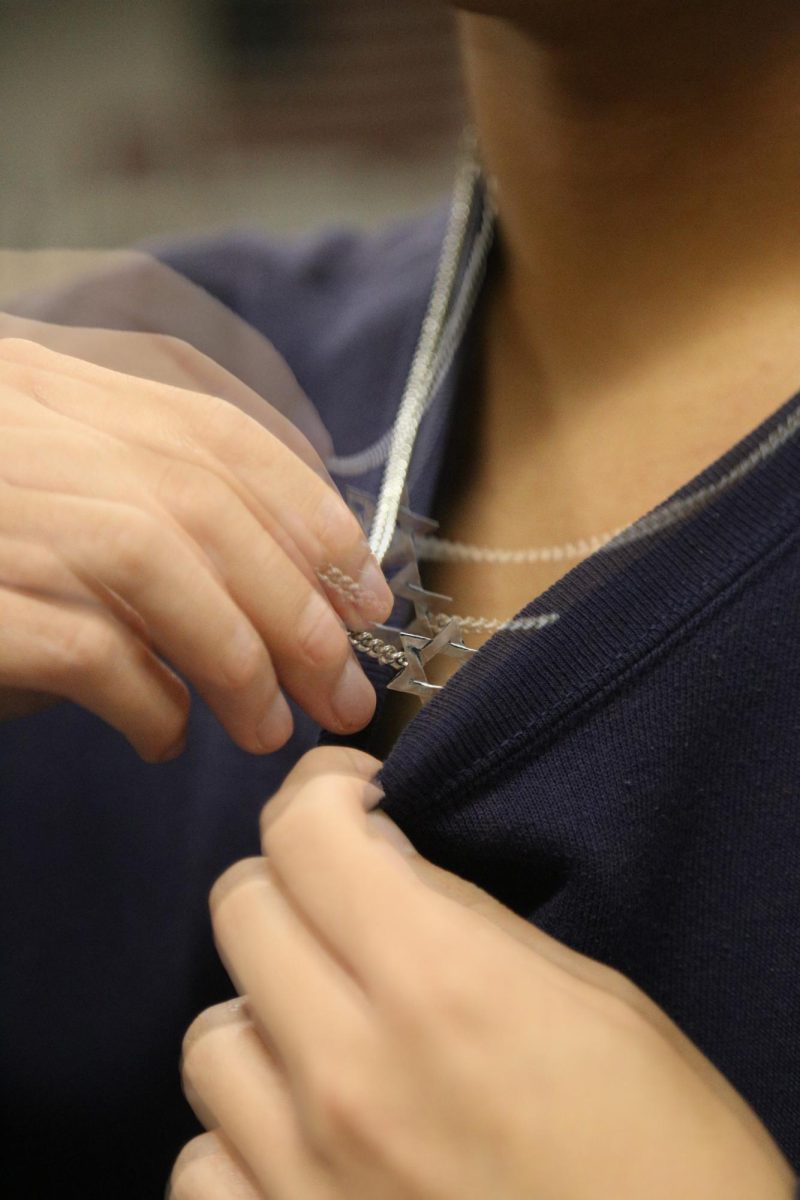
![In a recent surge of antisemitism nationally, many have pointed towards social media and pop culture as a source of hate. “Many far-right people have gone on [X] and started just blasting all their beliefs, Sophomore Scott Weiner said.](https://unionstreetjournal.com/wp-content/uploads/2023/10/antisemitism-popculture-2-1200x675.jpg)
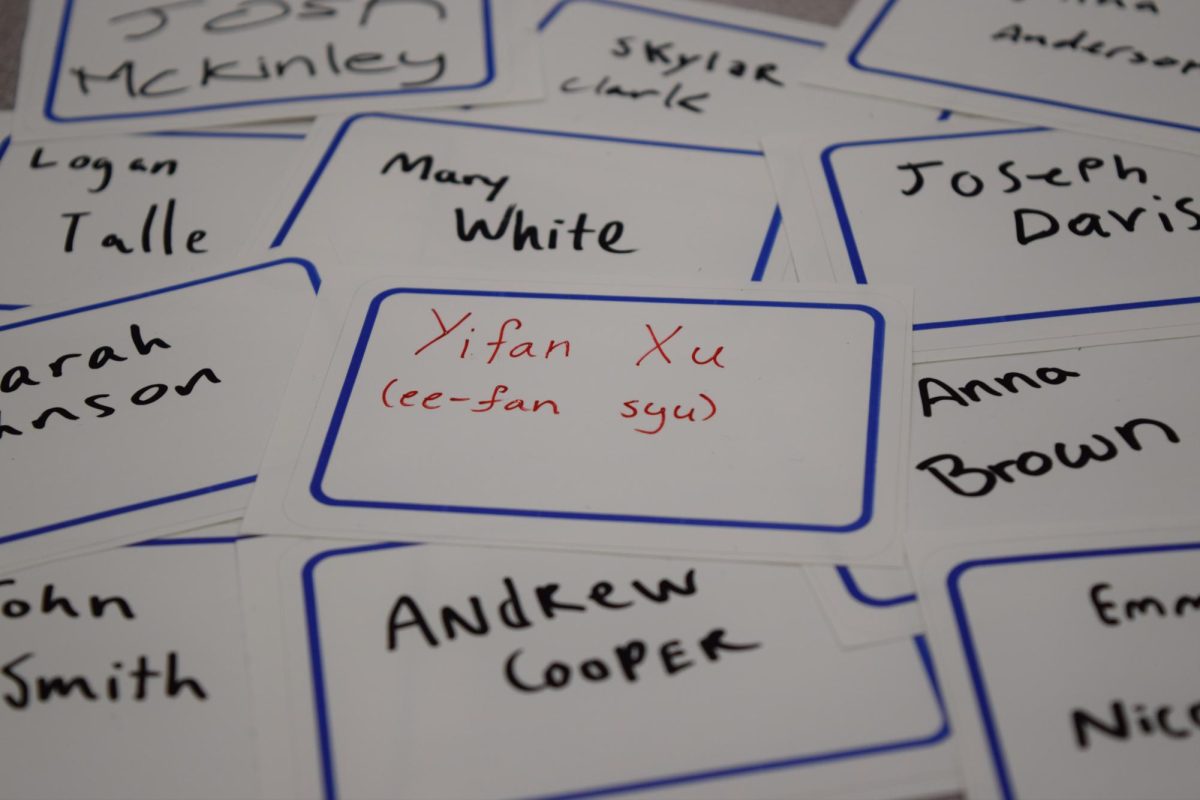
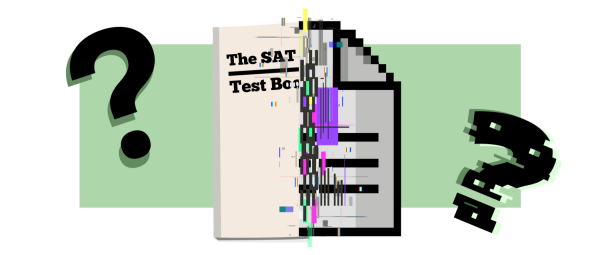

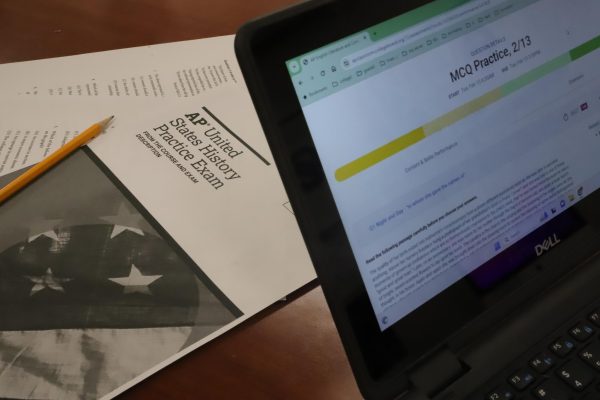
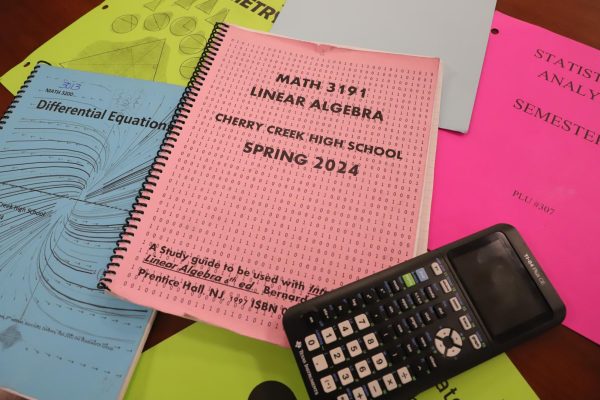



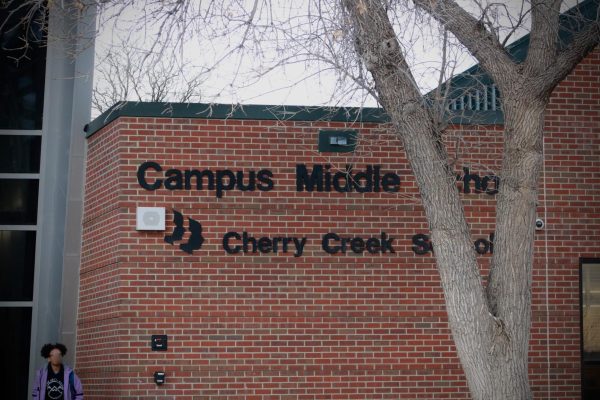
![Democratic Senator Michael Bennet spoke to a group of roughly 30 students about his Assuring Safe, Secure, Ethical, and Stable Systems for AI bill (ASSESS AI.) This talk was organized by junior Cybernetics club president Benjapon Frankel in an effort to inform students on AI’s real world regulation. “The process started with an email,” Frankel said. “I ended up meeting the Senator in person. I had printed out a letter for [him,] and I handed it to him at the opening of the Traverse Academy School. That was when he agreed to do it.”](https://unionstreetjournal.com/wp-content/uploads/2024/01/IMG_5199-600x400.jpg)
